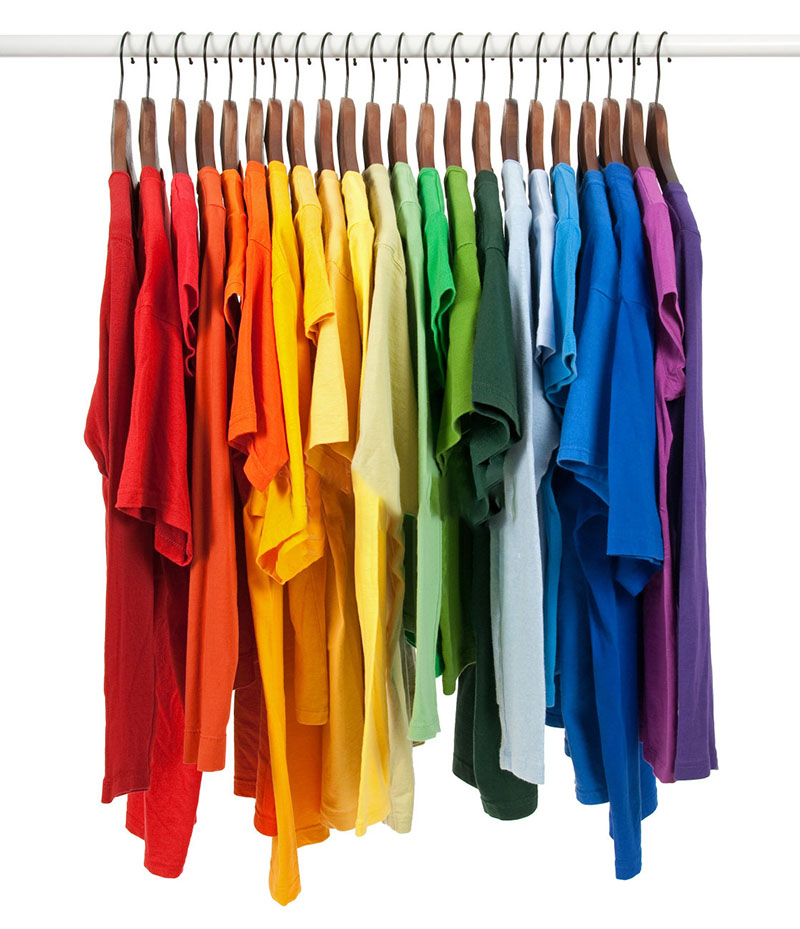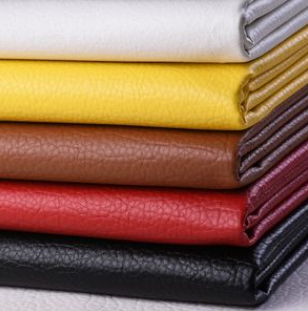introduce
The global sulfur black market has been growing significantly, driven by increased demand from the textile industry and the emergence of new applications. According to the latest market trends report covering the forecast period 2023 to 2030, the market is expected to expand at a stable CAGR on the back of factors such as population growth, rapid urbanization, and changing fashion trends.
The rise of the textile industry
The textile industry is the main consumer of sulfur black and occupies an important market share. Sulfur black dye is widely used for dyeing cotton fibers due to its excellent color fastness, cost-effectiveness and resistance to high temperatures and pressures. As demand for textiles continues to increase, especially in emerging economies, the sulfur black market is expected to grow significantly.
Emerging applications
In addition to the textile industry, sulfur black is now widely used in other applications. Due to its unique chemical and physical properties, the pharmaceutical industry is utilizing sulfide black to produce medicines and pharmaceuticals. Additionally, rising demand for leather goods and footwear is expected to further boost the market. The solubilised sulphur black is especially used in dyeing leather.
Environmental regulations and sustainable practices
The sulfur black market is also affected by strict environmental regulations. Governments around the world have imposed strict regulations on the disposal and use of chemicals, including sulfur black dye. Manufacturers are increasingly focusing on producing eco-friendly dyes, thereby promoting sustainable practices in the industry.
Regional market analysis
The Asia-Pacific region holds the largest market share in the sulfur black market, driven by booming textile industries in countries such as China and India. The growing population, urbanization and disposable income levels in the region have boosted the growth of textiles and subsequently sulfur black. North America and Europe are also seeing steady growth due to growing demand for environmentally friendly and sustainable products.
Challenges and limitations
Although the sulfur black market is on a growth trajectory, it still faces certain challenges. The growing preference for synthetic dyes coupled with the rise of bio-based alternatives has restrained the market. Additionally, fluctuations in prices of raw materials such as sulfur and caustic soda, sodium sulfide flakes may hinder the market growth.
future outlook
The future prospects for the sulfur black market remain positive. The expanding textile market and the emergence of novel applications provide ample opportunities for manufacturers. Technological advancements in dyeing technology coupled with sustainable practices are expected to enhance the growth potential of the market.

in conclusion
The sulfur black market is growing significantly, driven by growing demand from the textile industry and new applications in pharmaceuticals and leather goods. With strict environmental regulations and a focus on sustainable practices, manufacturers are actively exploring eco-friendly alternatives. Asia Pacific dominates the market, followed by North America and Europe. While challenges remain, the future prospects for the sulfur black market remain positive, offering significant growth potential in the coming years.
Post time: Sep-22-2023







